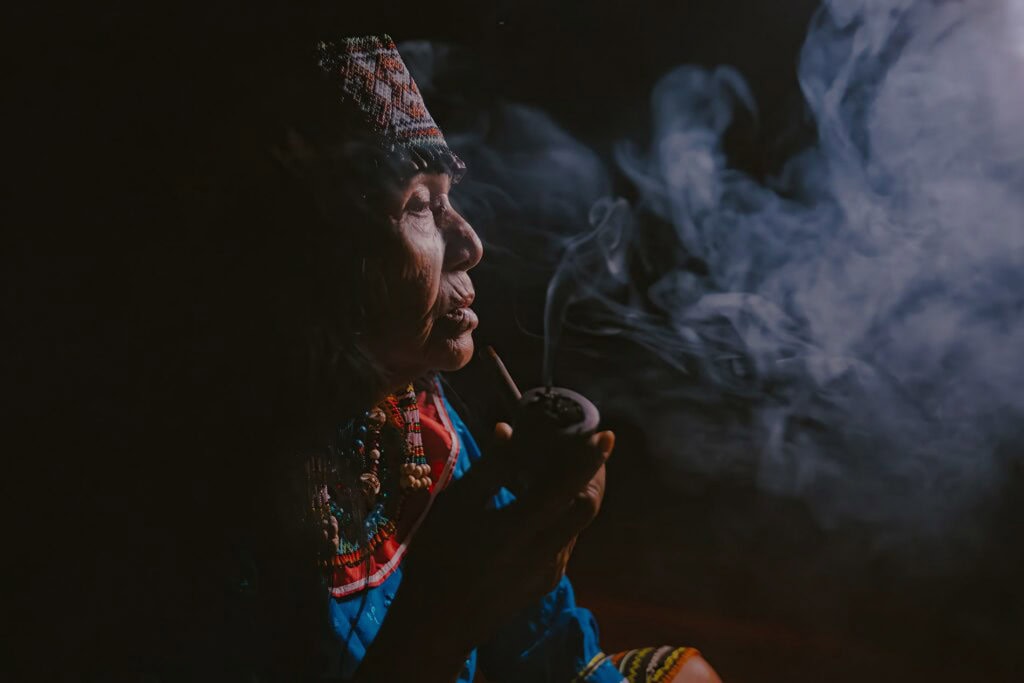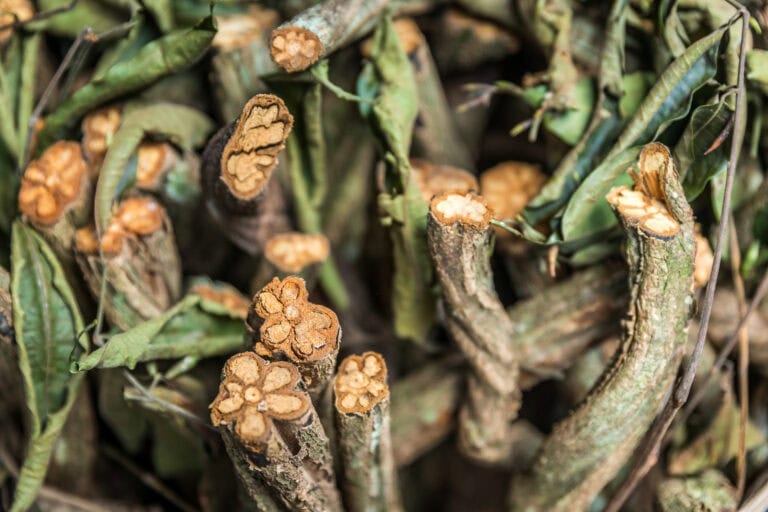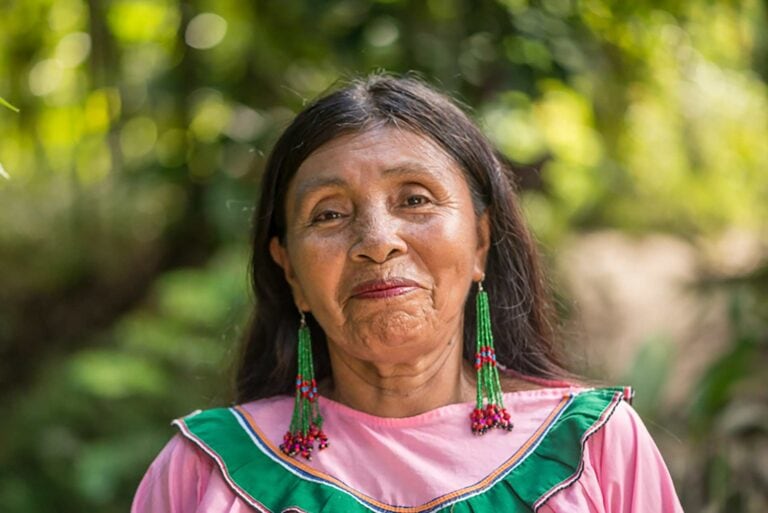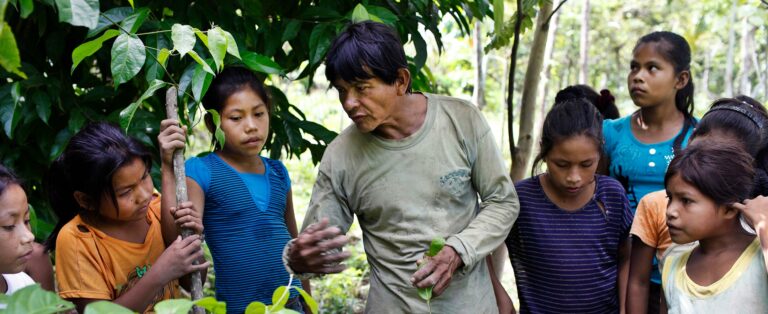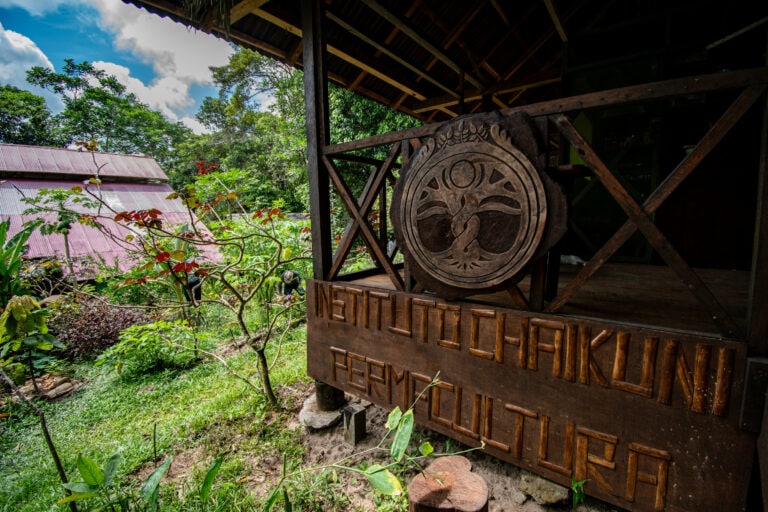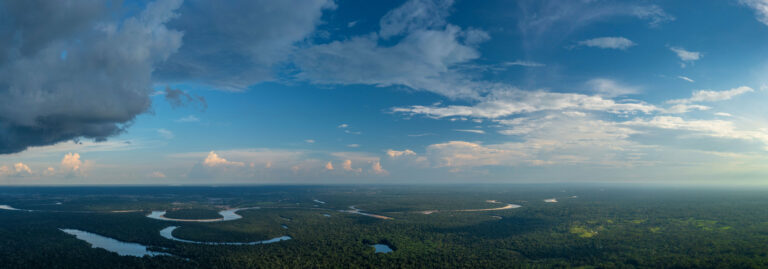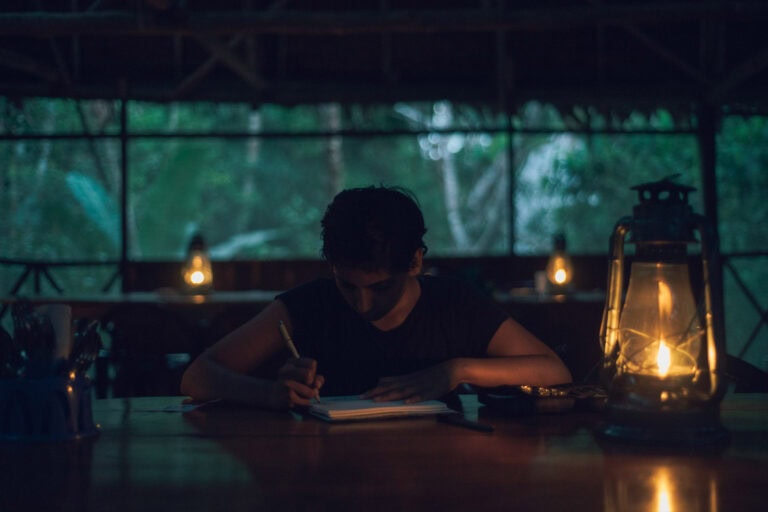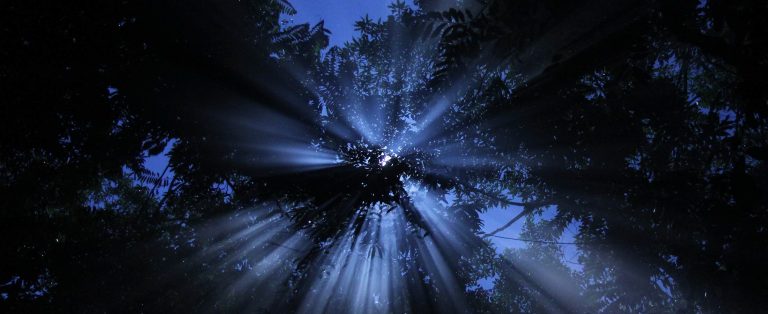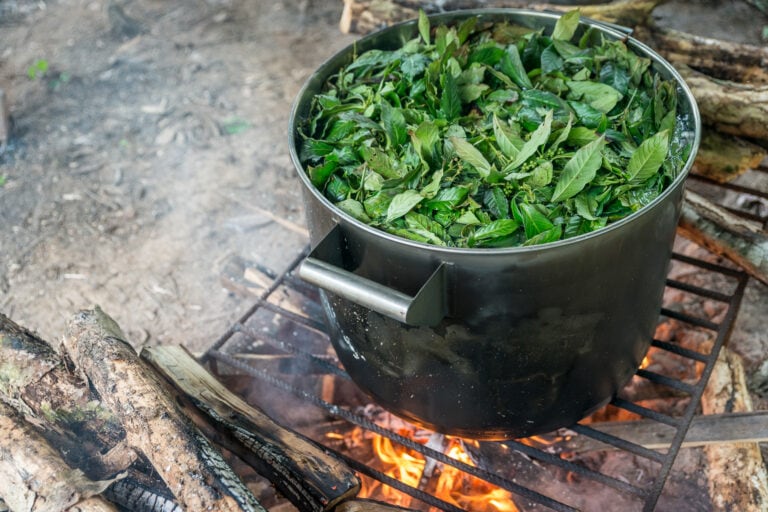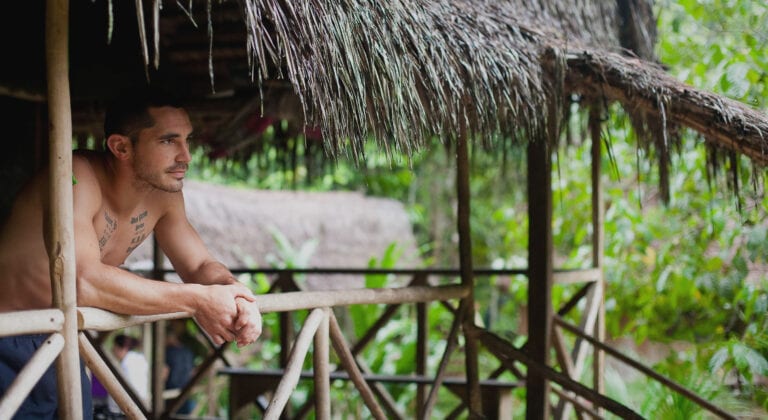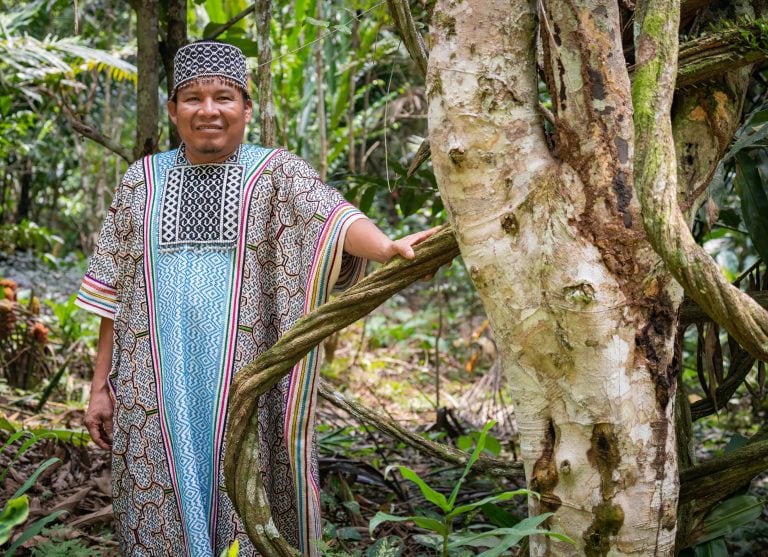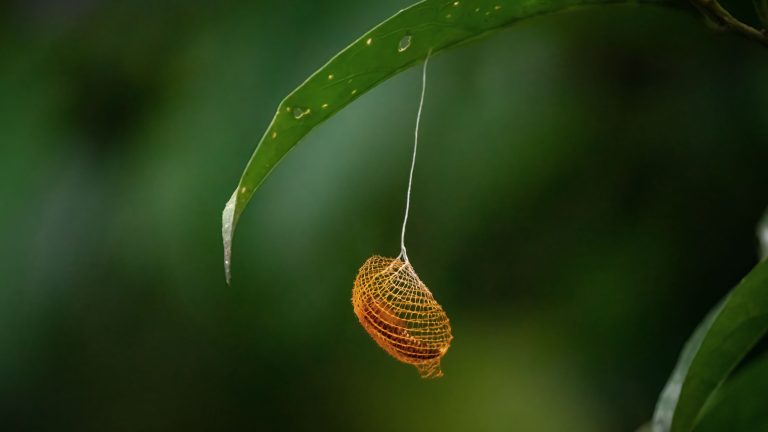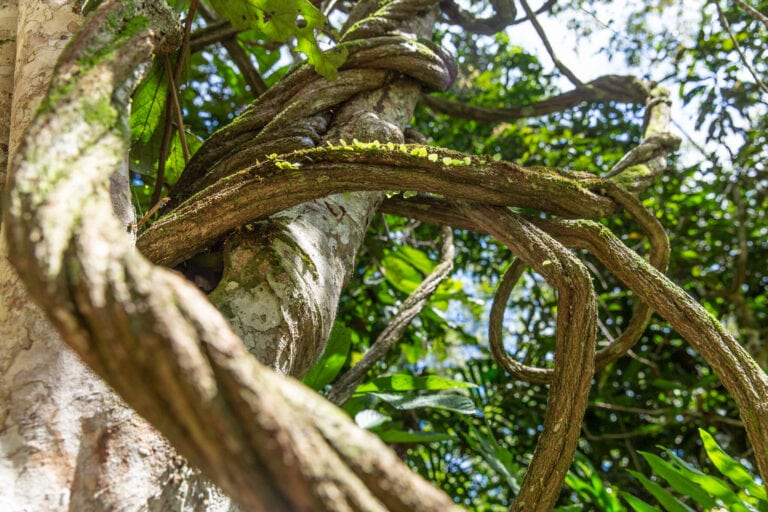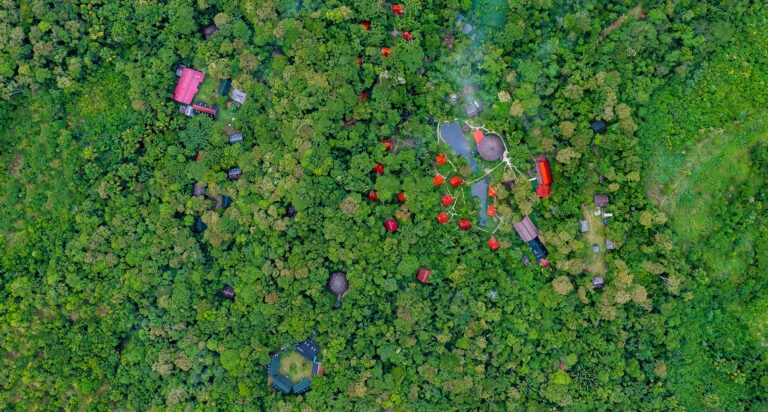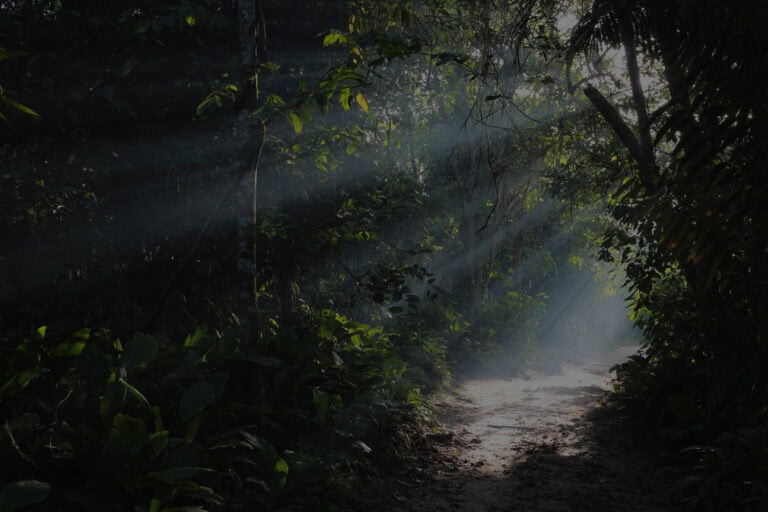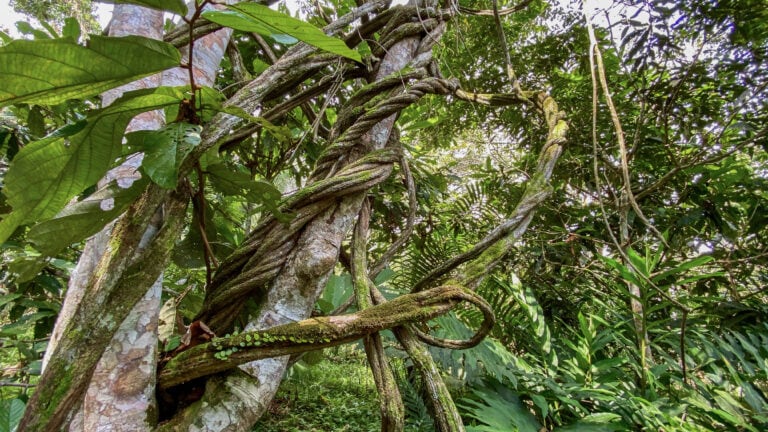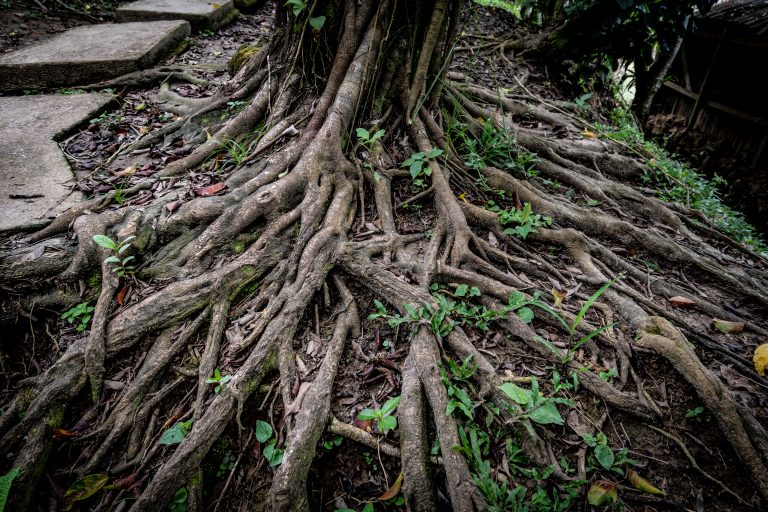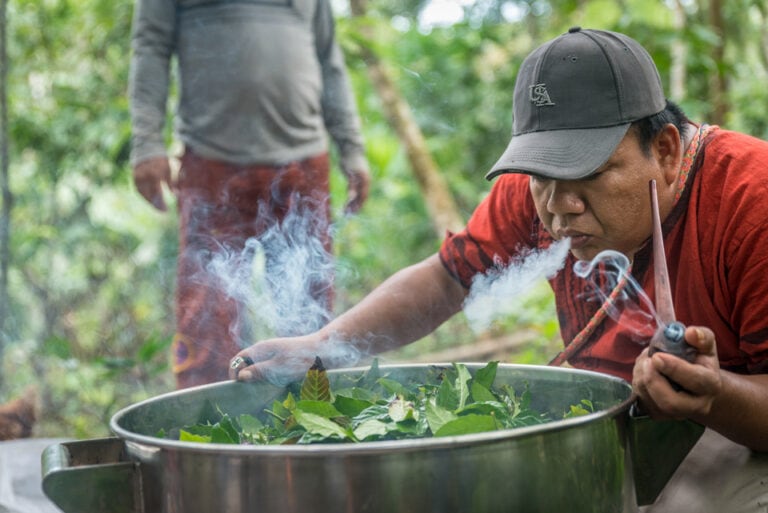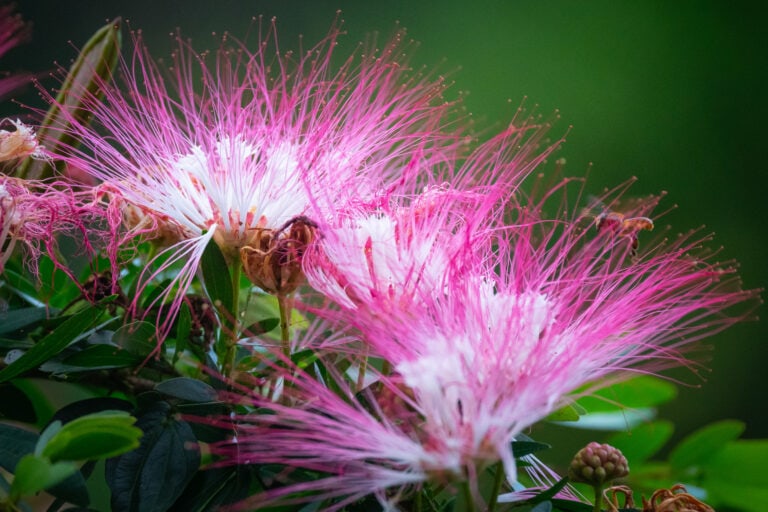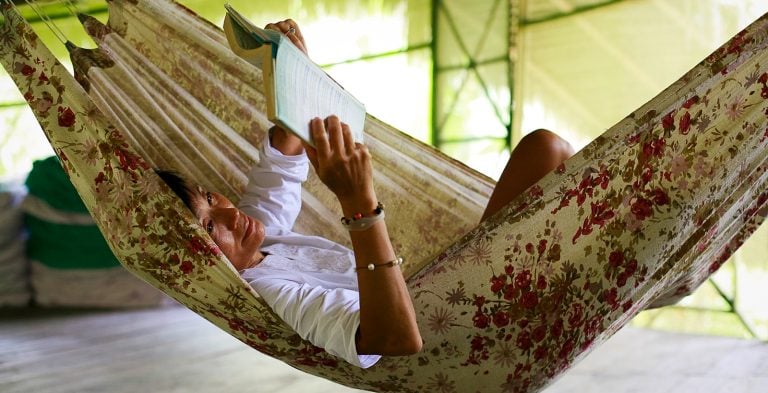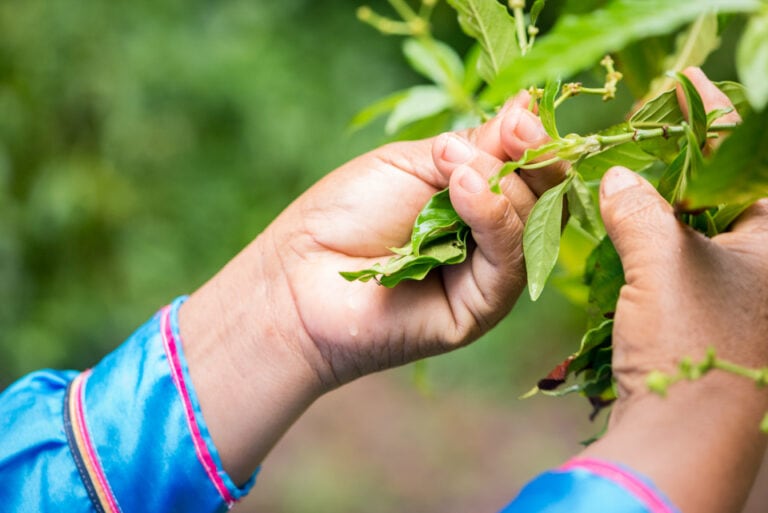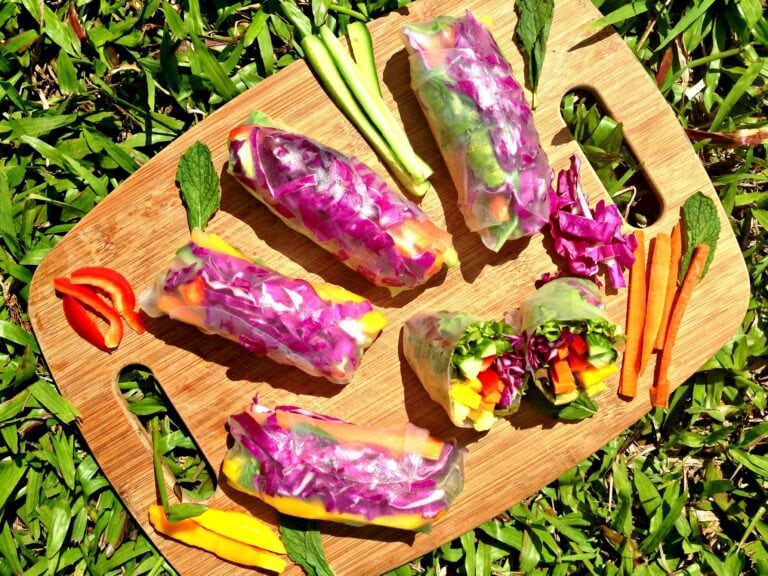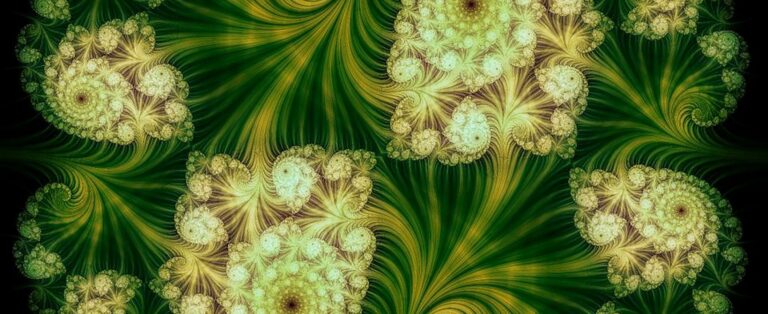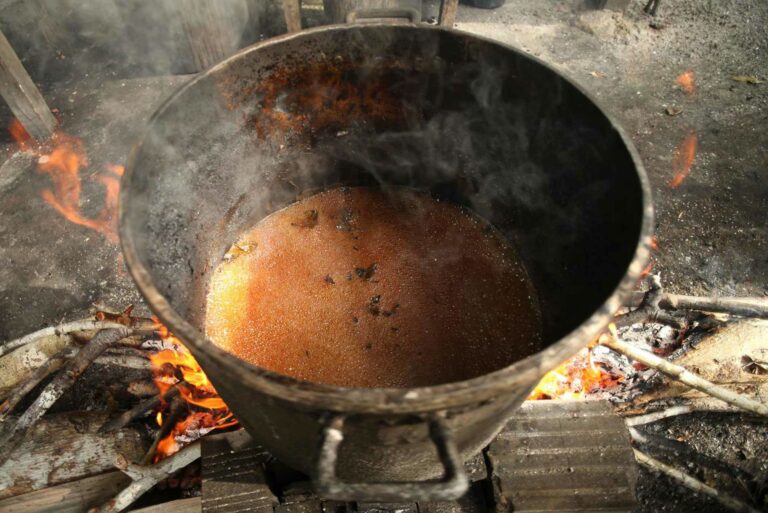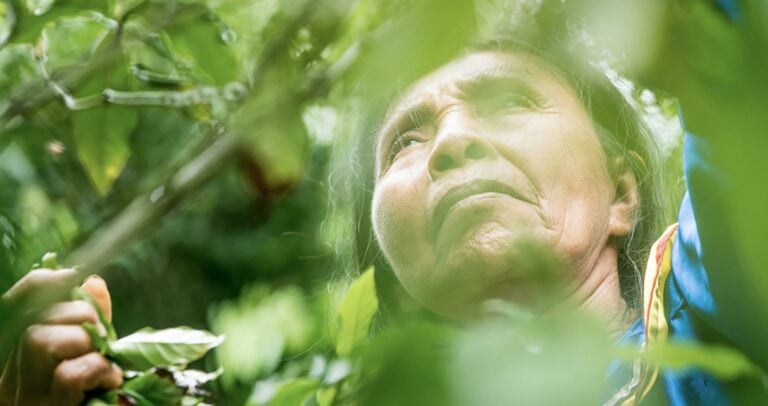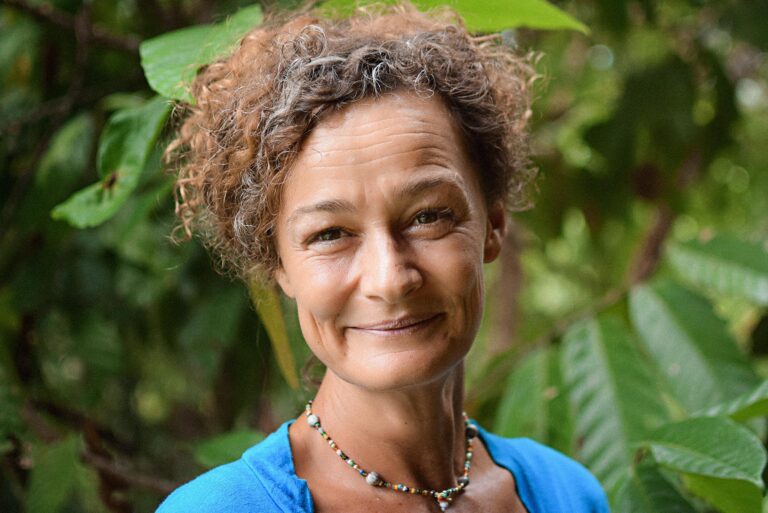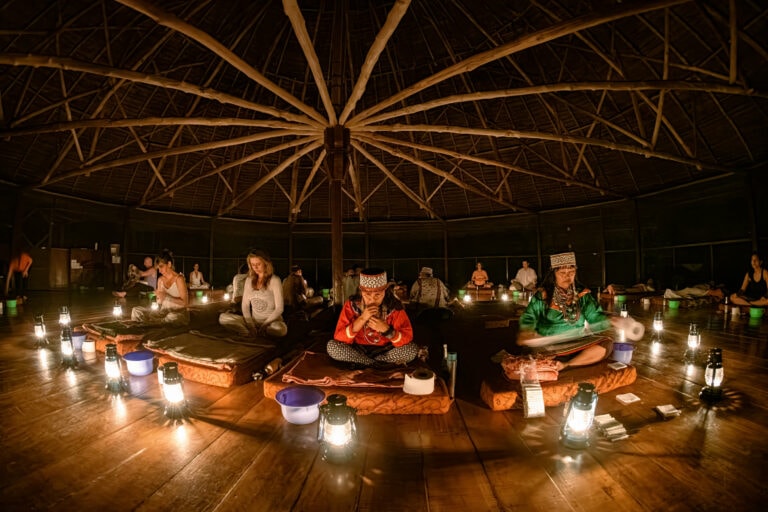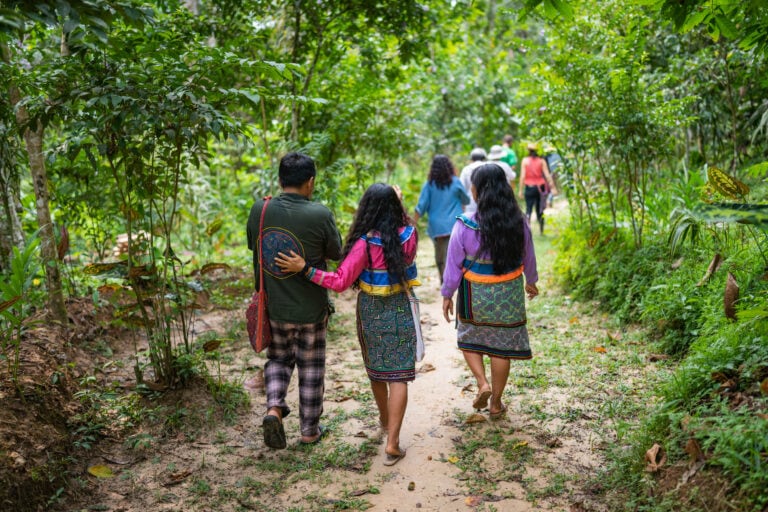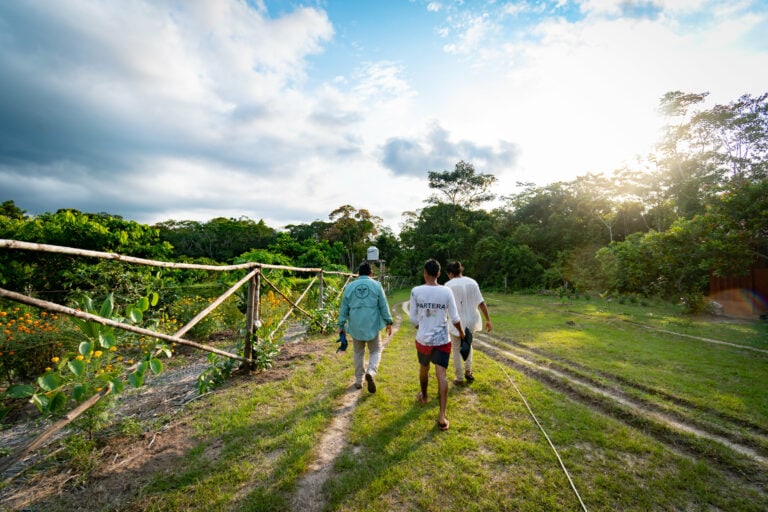Traditional Medicine of the Peruvian Amazon
The foundation of our work at the Temple is traditional Amazonian medicine, practised by genuine and highly skilled indigenous Amazonian shamanic healers. We deeply honor and respect indigenous traditions, their tried and tested healing practices and the profound wisdom that has evolved over countless generations who have worked with ayahuasca and Amazonian medicinal plants and trees.
As more and more people are called to work with ayahuasca, there is an exponential growth in the availability of ceremonies not only in the Amazon but throughout the world. We hope that the sophisticated traditions of the Amazon continue to be respected, learned from, and practised by people called to serve ayahuasca.
Authentic healers of the Amazon undergo arduous training over many years to be able to effectively administer and manage ayahuasca ceremonies. Without sufficient training, those holding ayahuasca ceremonies are typically not in a position to deal with the many issues that can arise.
Amazonian healthcare is not a “New Age” practice – it is an ancient system of spiritual healthcare that existed long before conventional / pharmaceutical medicine was developed.
Indigenous peoples across the planet have maintained a deep relationship with the natural world and the knowledge that nature is conscious and intelligent. Indigenous rituals, ceremonies, techniques, tools and systems of working with medicinal plants and the elements of nature have evolved since time immemorial.
There are many different indigenous and mestizo healing systems working with the medicinal plants and trees of the Amazon. This system of healing is called curanderismo (which exists in all other Spanish-speaking countries of Latin America). The Temple focuses specifically on the Shipibo system of curanderismo (traditional healthcare).
We would like to offer an overview of healing practices and traditional medicine in the Amazon from the Shipibo perspective, bearing in mind that there are considerable differences and commonalities among healing traditions and terminologies in the Amazon.
Ayahuasqueros
Many Westerners have been misinformed about the different types of Peruvian Amazonian healers, especially ayahuasca healers. The confusion often centers on the difference between an ayahuasquero and a curandero.
An ayahuasquero is someone who can prepare and cook ayahuasca. Usually, they are not trained healers. It must be understood that if ayahuasqueros hold ceremonies, then any healing and insights emerge solely from the medicine.
Ayahuasqueros normally cannot directly work (shamanically) on guests’ energies or manage the medicine to maximize healing. An ayahuasquero of integrity who sees any serious issues will refer that person to a curandero for actual healing.
A word of caution: people in the Amazon will sometimes go to an ayahuasquero for the purge, but not for deeper healing of more serious issues. If an ayahuasquero runs a ceremony without a curandero present, they run the risk of being overwhelmed if they encounter powerful negative energies. This can become a serious problem in ceremonies and potentially put guests in danger.
However, some ayahuasqueros are also curanderos.

Curanderos, Medicos and Onanyabo
A curandero is a healer. Medico is Spanish for doctor and is a common term used among indigenous and mestizo people in the Peruvian Amazon for a curandero: one who works with plants and plant spirits. Many curanderos will work with ayahuasca, although not all.
Curanderos train through a system of (traditional) medical education, essentially given to them by the plant spirits through many plant dietas (called sama in Shipibo) over many years. This medical education – sometimes referred to as a form of ‘sacred science’ – takes many years, even decades to learn and then to practice effectively.
The plant dietas fill the curandero with energetic medicine from the different plants and trees they diet. This energetic medicine is then transmitted in ceremony via ikaros – the songs of the plants.
In Shipibo, a curandero is called an Onanya – one who has wisdom. Onanyabo is the plural for Shipibo healers/wisdom keepers. To become a true Onanya, the initial apprenticeship is around ten years but then continues for life. True curanderos must be able to face the darkest energies when working on patients. For this reason, the training is extremely hard and riddled with many obstacles and tests.
It is common for only a small amount of apprentices to ‘graduate’ and reach an adequate level of training to be able to effectively identify the source of diseases and disorders and then effectively cleanse the heavy energies.
The plant spirits will stretch the apprentice curandero way beyond the limits of the most unbearable discomforts, so they can overcome and experience their deepest fears (up to the illusion of death – the so-called shamanic death, not the ‘ego deaths’ commonly experienced in the early healing stages).
Many people, both in and outside of the Amazon, claim to be able to heal yet are limited in their ability to do so. Westerners typically have no way of discerning the difference between genuine healers and those who are driven by commercial motivations yet are not carrying authentic healing.
Amazonian Curanderos will work with the following:
- Tobacco – sacred plant medicine of the Americas
- Ikaros – the songs of the plant spirits
- Chupar – to suck out negative energy
- Soplar – to blow / transmit healing energies
- Other plant medicines
These practices are essential when working within Amazonian Curanderismo. If a curandero is not working with tobacco, then there is typically good reason to question whether they are truly a plant-spirit curandero. The plant spirits require tobacco. Tobacco is a protector, cleaner, conduit and sustenance for the plant-spirit doctors.

Ikaros
Ikaros are the songs of the plants. A curandero in an ayahuasca ceremony will be sung to by the plant spirits and act as a conduit for the spirits to transmit their songs/healing energies in the form of sound.
It is the plant spirits who are carrying out healing on the patient, not the curandero. During their apprenticeship, curanderos undertake many dietas, with durations of generally one, three, six or 12 months, over many years to become a tool for the plant spirits to carry their medicine.
The healer, of course, is a part of the equation, so he or she must be emotionally and psychologically balanced, have a clear and focused mind (with only good intent) and an open heart. The combination of these qualities is hard to find, even in the Amazon.
The team of spirits that make up the hospital can only be brought into the ceremony by a curandero who has carried out dietas. Otherwise, there is only one doctor (ayahuasca) in the ceremony and every good hospital needs a team.
Ikaros can only come from dieting, over many years. The ikaros have many different types and purposes: cleaning, opening, straightening, liberating, connecting, centering, protecting and illuminating. Ikaros also deal with soul retrieval and soul loss, bringing a dislodged soul fully back into the body.
The ikaros can also drive ayahuasca much deeper into the system of the patient. It is through the ikaros that curanderos can release residual negative energy blockages and their emotional counterparts. When a patient’s mareacion (the effect of the medicine) is too strong for them, it is through the ikaros that curanderos guide the participant safely through their journey.
If a patient is temporarily getting “lost” in their journey, the curandero is also able to retrieve them through the ikaros. In general terms, without the ikaros, ayahuasca is working on a more limited and superficial level. Without a trained curandero, the participants are not being accompanied and protected in the medicine space.
A curandero needs ikaros to protect the ceremonial space from heavy energies transferring from one guest to another or to prevent heavy energies coming into the space from the outside. Only a trained curandero can do this effectively.
Holding responsible ceremonies implies working with genuine curanderos who have been through advanced training. The ability to identify, manage, clean, and protect against heavy energies is particularly important in an ayahuasca ceremony when guests’ energy fields are significantly open and vulnerable.
Chupar
Chupar means to suck. This practice is used to suck out particularly heavy, trapped energies from the patient. Curanderos either use floral water held in their mouth to shield the energy from entering their system, or for more serious cases, bring up mariri/yachi into their mouth.
Mariri/yachi is a plant phlegm that grows in the stomach of the healer but only after many years of dieting. The mariri is also considered the ‘power’ that a curandero carries or is gifted to him/her by the plants.
Soplar
Soplar means to blow. A curandero blows (transmits) the plant-spirit medicine into the patient usually at the end of each ikaro that is sung. One can only soplar after many years of dieting. This is usually carried out with tobacco or floral water and is directed into certain energetic gateways in the body – the tips of the fingers, the feet, and the crown.
Other Plant Medicines
When treating a patient, a curandero will also communicate with ayahuasca and other plant-spirit doctors who prescribe other plant remedies for specific health issues. Traditionally in the Amazon (although not in all indigenous tribes), the patient would not drink ayahuasca. Only the curandero would drink, to cleanse the energetic issues of the patient as well as receive a diagnosis and prescription from doctor ayahuasca.
A fully qualified curandero will work with a vast number of different plant medicines to effectively treat their patients. Only a fully trained curandero can effectively prescribe plant remedies as well as know potential contraindications between different plants.
Many different types of curanderos specialize in different plants and trees (tobaquero, sananguero, perfumero, vegitalista, palero, for example). A curandero can also be an ayahuasquero, vegetalista, and/or palero, but not necessarily vice versa.
The Temple works with a team of 12 Onanya – all fully qualified (through dietas), highly experienced and genuine Shipibo healers.

Other Ways of Working with Ayahuasca
Church Groups
Outside of traditional indigenous and mestizo healing practices, other ways of working with the medicine have evolved, particularly in Brazil, where groups such as Santo Diame and UDV offer a religious approach that syncretizes Christian beliefs with the use of ayahuasca as a sacrament. These churches are, by and large, focused on religious activity and are not working to offer the same level of healing that traditional medicine can.
In the US, the Santo Diame church makes it very clear that they do not offer healing and that they are not a healthcare system. They work with ayahuasca as a sacrament, not as a healthcare system or medicine.
Modern / Western Approach
Some Western shamanic practitioners serve ayahuasca, hold ayahuasca ceremonies and work with sound (including instruments, throat singing, and ‘high vibration music’). Provided these ceremonies are held by well-intentioned facilitators operating with total honesty, integrity and sufficient safety protocols, then positive and heart-opening experiences can be facilitated.
It is also important that they do not falsely claim to be healers or shamans if they have not been genuinely trained over a sufficient duration in the Amazon, immersing themself in the system of curanderismo and ways of life in the forest.
Western ayahuasca ceremonies will typically not reach the depths of healing and the tap-roots of trauma that a fully trained curandero from the Amazon with many years of dietas can reach and clean. To be able to carry out energetic surgeries requires years/decades of shamanic training.
Most Western practitioners who claim to be a ‘shaman’ have not carried out the many years of advanced shamanic training that are required to become an authentic curandero.
Psychotherapeutic Approach
There is now more and more need to integrate Western psychotherapeutic approaches when working with Westerners. Traditional Amazonian healers can work on the energetic issues of Western patients but are often not able to deal with the processing and integration that comes after the healing work. Psycho-emotional development techniques are necessary, especially in more severe cases of emotional trauma.
We respect the work of several Western trauma experts despite not offering a purely traditional approach nor being able to directly see and feel the inner worlds of their clients. The Temple facilitation staff are also trained in several Western therapeutic modalities that we have found the most beneficial in support of Shipibo Curanderismo.
Most specifically, we have focused on, and some of our facilitators are trained in:
The Temple provides the ultimate conditions for healing – the highest quality Shipibo healing practices supplemented during and after retreats by suitable Western psychotherapy techniques.

Ayahuasca Ceremonies Outside South America
One of the greatest challenges of the movement of ayahuasca culture to the West is the transfer of a tradition rooted in shamanic communities to ones with vastly different psychological and cultural values.
We passionately believe that education is needed to truly understand, represent and practice traditional Amazonian medicine. As the use of ayahuasca increases, there are both positive and negative consequences.
There are a growing number of people in the West who offer ayahuasca ceremonies yet have often only spent very limited time (weeks to months) in the Amazon but return to their home countries claiming they are a ‘shaman’ (which is a word not native to the Amazon and not used by healers of the rainforest).
Many Westerners holding ayahuasca ceremonies have no real deep understanding of how to work with ayahuasca, how to safely hold the space, and how to support others who are drinking ayahuasca, especially when the experience becomes more challenging.
There are some genuine Western curanderos scattered throughout the globe who have been authentically trained in the Amazon. However, they are very rare to find and typically do not have the need or desire to self-promote.
A Western facilitator’s position of power in combination with ayahuasca can also create many challenges. The ceremony leader sits in the center of power. With devoted participants who see the brew as a means of connecting with the Divine, this can lead to participants idealizing the ceremony leader. There is a risk of ‘ayahuasca cults’ forming if the leaders are not psychologically and emotionally balanced, and operating at a high level of self-responsibility.
There should be no “gurus” who work with ayahuasca; only healers who humbly transmit the healing energies of the plants as well as pass on the knowledge to others who wish to walk the path of apprenticeship.
Ayahuasca puts people in a vulnerable and particularly susceptible state. Guests can easily be pulled into believing that the facilitator is the one carrying out the healing. The interpersonal dynamics and energy between the facilitator (or healer/practitioner) who is conducting an ayahuasca ceremony and the guests can also cause significant harm when not handled appropriately.
It is common for there to be unconscious projections between ‘patient’ and ‘therapist’, forms of countertransference. Facilitators may end up consciously or unconsciously superimposing their agenda on the guest. Guests can also idealize and focus an inordinate amount of attention and energy on the healers/facilitators, losing the original intention of their ceremonies for growth and development.
To reiterate, here is what a good facilitator should be very clear about with his/her circle:
- The exact nature of their experience with the medicine.
- Whether or not they have received training with traditional Amazonian curanderismo.
- Their role is fundamentally to hold the space for the participants.
A facilitator typically does not drink ayahuasca when holding the space. However, a curandero (or apprentice) must drink ayahuasca when holding an ayahuasca ceremony to work with the participants – to cleanse, guide, navigate, manage and protect.
We advise much caution if you are considering working with any Westerner who:
- Proclaims that they are a ‘shaman’ or curandero yet don’t drink ayahuasca with the group.
- Is not present throughout the entire ceremony.
- Carries out much self-promotion (such as through videos and books).
- Appears to have developed a community of ‘followers’.
- Expounds ‘spiritual truths’.
- Carries out a ‘healing performance’.
- Claims they are singing ikaros (but have not carried out dietas / deep training over many years).
- Mixes multiple psychedelics (offering retreats with ayahuasca together with other medicines like kambo, huachuma, iboga, DMT, bufo toad, etc). This is a Western ‘exploration’ that is not rooted in the traditions of the Amazon nor coming from a deep understanding of the energetic alignment and connections (and contraindications) of different psychedelic medicines.
The Temple is deeply committed to developing awareness among the general public and the academic and medical communities about the efficacy and often profound benefits of ayahuasca healing when practised appropriately and respectfully.
We feel that it is essential to present ayahuasca healing work with absolute sincerity, professionalism and integrity. At its best, working with ayahuasca is a ‘professional’ system of ‘spirit-assisted’ healthcare.
As Westerners attempt to remember our connection to the natural kingdom, we feel it is wise to take heed, learn from, and respect indigenous healing traditions. Sadly, indigenous medical practices and their knowledge systems have been destroyed in many places across our planet.
We are fortunate that these advanced healing technologies still exist and strongly feel that attention needs to be focused on the protection, legitimization, and respect for these important spiritual healthcare systems.
We hope this information can help anybody looking to work with ayahuasca find a genuine practitioner. Much caution should be taken when choosing with whom to drink ayahuasca. As the medicine expands its reach across the planet, it is essential that its source and roots – the indigenous traditions of the Amazon – be honored and respected.
